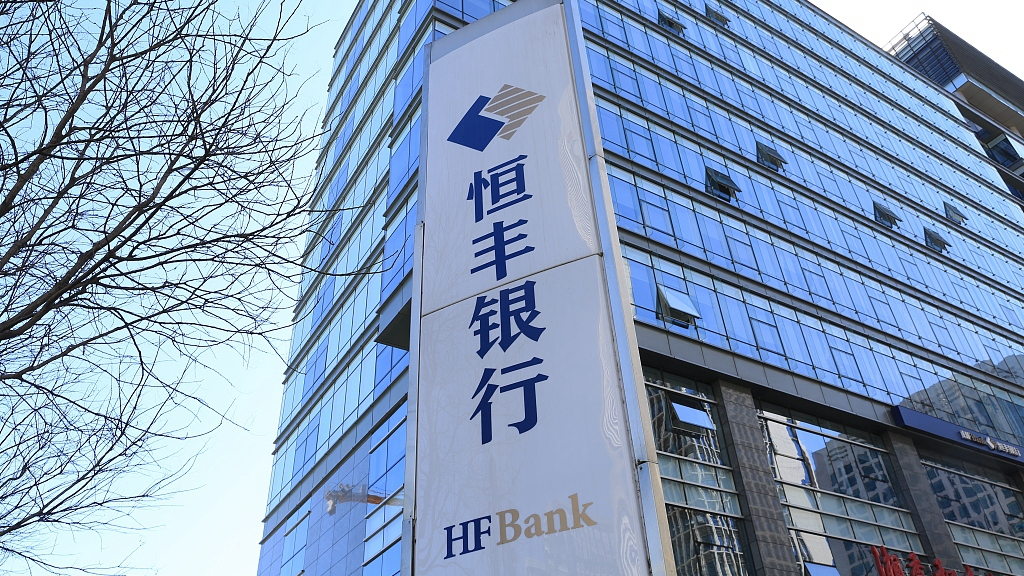

China's sovereign wealth fund is taking a majority stake in a troubled commercial lender, the third such intervention in as many months following two decades without a government bailout of a bank.
Central Huijin Investment, an arm of China's sovereign wealth fund China Investment Corporation, is in talks to invest in Hengfeng Bank as a strategic investor.
A better future ahead
Hengfeng, previously known as Evergrowing Bank, is based in Yantai City, east China's Shandong Province, and operates 18 branches and 306 sub-branches in China. It is one of the 12 joint-stock commercial banking institutions in the country formed in the late-1980s that allowed a mix of state and private ownership.
Hengfeng is more than twice the size of the other two troubled lenders receiving support this year – Baoshang Bank (in late May) and Bank of Jinzhou (in late July) – with 1.42 trillion yuan (about 201 billion U.S. dollars) in assets.
Hengfeng's liquidity is ample and is at the current stage operating normally. Relevant authorities have also been guiding Hengfeng to improve its risk controls and compliance.
The investment is expected to further improve HengFeng's debt restructuring, as the bank has been in hot water for several years on account of its heavy reliance on interbank borrowing, which makes it vulnerable to cash crunches. But the situation is under control.
Three does not make a trend
Although these three banks have some problems to various degrees, three does not make a trend.
Inner Mongolia-based Baoshang Bank was taken over for one year due to "serious credit risks." A special team was set up to take over the operation management of the joint-equity commercial bank in northern Inner Mongolia Autonomous Region, while its businesses were entrusted to China Construction Bank.
Baoshang’s seizure was joined on July 29 by the Bank of Jinzhou, which received the backing of three Chinese financial institutions, including Industrial and Commercial Bank of China. Its risks are far smaller than Baoshang Bank's.
But these are all isolated cases and there is no need to worry about the second largest economy's financial system on the whole. China's central bank has provided targeted liquidity support to small and mid-sized banks, and volatility in the interbank market has significantly eased.
Banking system continues to optimize
By the end of 2018, China had 4,588 banking financial institutions covering over 20 types of banks, according to the country's banking and insurance regulator China Banking and Insurance Regulatory Commission (CBIRC).
With mixed-ownership reform promoted in recent years, the number of financial institutions controlled by private capital has exceeded 3,000. Private capital accounts for 40 percent, 50 percent and 80 percent of the capital stock of joint-equity banks, city commercial banks and rural cooperative banks, respectively.
China's banking system saw improved concentration with the asset proportion of five large state-owned banks in a reasonable range. The total asset of the five state-owned banks stood at 105 trillion yuan (about 15.17 trillion U.S. dollars), accounting for 37 percent of all banking financial institutions.
China would continue to accelerate financial supply-side structural reform and optimize the banking service system, said the CBIRC.
(With input from Xinhua)

Copyright © 2018 CGTN. Beijing ICP prepared NO.16065310-3
Copyright © 2018 CGTN. Beijing ICP prepared NO.16065310-3